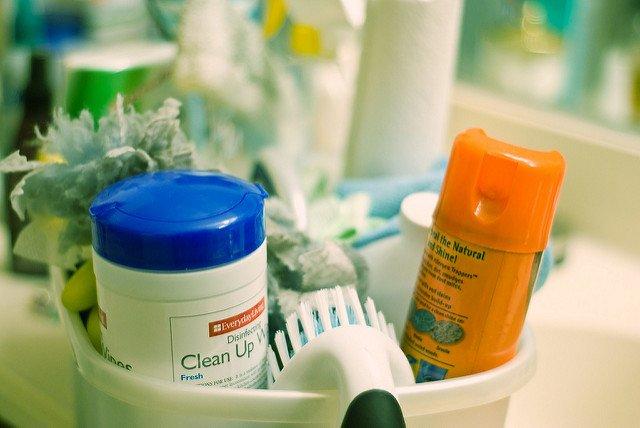
By Michael Green
Earlier this summer, President Barack Obama signed a major overhaul of our nation’s main law regulating toxic chemicals – the first such change in chemical regulations in 40 years. But many are left wondering if the new law is likely to have significant effects on companies’ use of toxic chemicals.
Consider the case of children’s jewelry. In 2004, a Center for Environmental Health investigation exposed the use of lead-tainted metals in jewelry sold to children. At the time, studies found that upwards of 40 percent of the metal jewelry on the market contained high levels of lead.
Weeks after we released our findings, the government announced the largest toy recall in history, when 150 million pieces of jewelry were removed from gumball machines nationwide.
Within a few years, the entire jewelry industry had changed its practices, virtually eliminating this lead risk to children. Moreover, CEH's work ultimately pushed Congress to adopt the first comprehensive federal law banning lead-tainted materials from all children’s products.
Contrast this swift change to protect children’s health with the new federal chemical regulations. Consider a chemical like bisphenol A (BPA), a substance that can disrupt the bodies’ natural hormones and has been linked to cancer and serious risks to reproductive health, especially for children and pregnant women.
Under the chemical safety bill, you might expect that the EPA would act quickly to regulate such a chemical. But once the EPA decides to subject a chemical to review, it has seven years to conduct that assessment. Even if the EPA determines that safety rules are needed, the law provides no deadlines for compliance, so the agency may give industry years more to bring safer products to market.
But the timeline could get even worse. Industry will surely use litigation to forestall any regulations they deem a threat to their profits. We’ve already seen this happen recently with BPA regulations in California: State scientists there unanimously agreed to add BPA to the California list of chemicals known to cause reproductive health problems, and the industry sued to stop any new restrictions on BPA. A state court eventually threw out the industry lawsuit, but their litigation bought the chemical companies another two years of toxic sales without regulation.
If we add the delays from lawsuits to the already bloated timeline in the federal bill, it’s clear that the new chemical safety bill might protect us from harmful substances like BPA – sometime in the next two decades or more. And this assumes that EPA will actually receive the funding needed to assess the hundreds of harmful chemicals that are currently used in hundreds of products our children and families use everyday.
So, we should pause when those who backed the new chemical regulations applaud the power this bill will have to protect us from the $800 billion a year chemical industry.
But fortunately, outside efforts will continue to move companies away from harmful chemicals. For example, researchers are looking for alternatives to BPA and other chemicals that can disrupt our hormones and cause serious health problems. One group of scientists has developed a cutting-edge screening process that uses a green chemistry framework to help producers avoid creating hormone-altering hazards when they develop new products.
As one of the developers of this testing regime noted, “We want to help chemists make money by grabbing market share in an economy where 'safe' is valuable.”
In fact, major companies are recognizing the business case for safer chemicals already. Walmart and Target are developing policies for safer products, not in response to the new law but as a result of consumer pressure. Similarly, as a result of consumer demand, dozens of leading furniture makers representing billions of dollars in annual sales are now offering furniture made without harmful flame retardant chemicals.
As Richard Liroff, executive director of the Investor Environmental Health Network, told GreenBiz: Companies that fail to address the health and environmental threats from toxic chemicals “pose a greater risk for investors than companies that take such steps.”
Smart companies know that safer products made without toxic chemicals will provide a marketplace advantage and avoid the liabilities associated with chemical health and environmental costs. Companies that continue to sell toxic products while such sales are protected under the treacherously slow progress of the new chemical safety law will soon find themselves outliers in the 21st-century reality of consumer demand for safe, healthy alternatives.
Image credit: Flickr/Kevin McShane
Michael Green is Executive Director of the Center for Environmental Health.
TriplePundit has published articles from over 1000 contributors. If you'd like to be a guest author, please get in touch!














